An Adriatic Journey from Trieste to Dubrovnik: A Historic Introduction
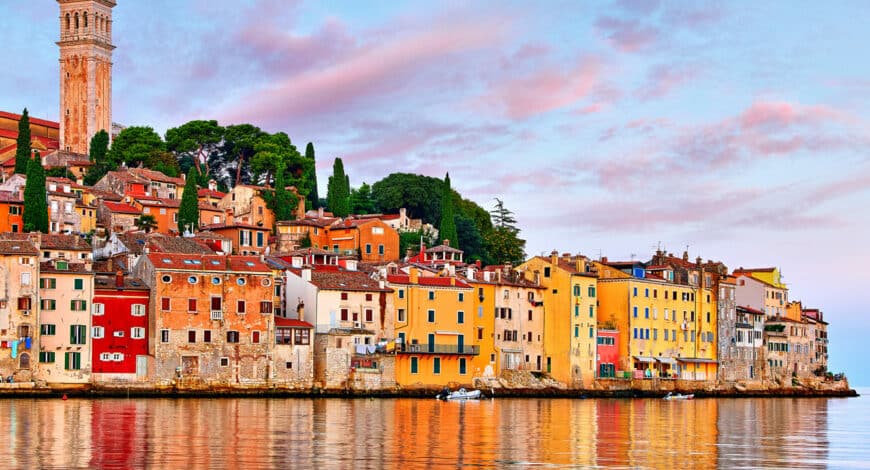
Based on an article written by Christopher Wood
The long, narrow Adriatic Sea has been both a bridge and a barrier between the Italian and Balkan peninsulas for millennia. Across its waters numerous civilizations and three great belief systems – Latin and Orthodox Christianity, and Islam – have both interacted and vied for supremacy. Our journey explores how the Adriatic was used as a trade corridor from the Mediterranean to Northern Europe and as a frontier between Europe and the Balkans. It begins in the seaport of Trieste in northeast Italy and then traverses the stunning coast of the eastern Adriatic through Croatia. Amidst the vibrant, cosmopolitan communities that inhabit this coastline today, you will encounter legacies of the many cultures—Illyrian, Greek, Roman, Venetian, Slav, Austro-Hungarian, Ottoman—that once traded and settled along these shores.
Geography of the Adriatic
Geography has shaped the history of the Adriatic. Much of its coastline is hemmed in by the high mountains of the Italian Apennine Range to the west and the Balkan Dinaric Alps to the east. Its east coast is also protected by a large number of picturesque coastal islands. Possession of its ports and islands has therefore determined much of its destiny as successive empires competed to control them and the lucrative trade routes that passed through them. Romans, Venetians and Habsburgs, for example, all prospered from controlling Trieste. Spectacularly located at the north-eastern end of the Adriatic Sea and close to the centre of Europe, Trieste provided merchants a port that allowed their goods to travel to the heart of Europe via the Alpine trade routes or to the Mediterranean via its sea trade routes.
Other powers also contributed to Adriatic affairs. In Croatia there are legacies from different Hungarian regimes that were a constant and significant presence after the Magyars expanded their kingdom in Pannonia (Danube Basin) to the Adriatic coast in the mid-13th century. The Hungarians and Venetians contested control of Zadar, for example, until Ladislaus of Hungary sold the city to Venice (1409). Control of the island town of Trogir was similarly contested until the kings of Hungary guaranteed Trogir independence in return for an alliance.
A land of interactions: Illyrians, Romans and Slavs
After their entry into the Balkans in the 6th and 7th centuries, the southern Slav peoples also founded states in the region: Croatia, Bosnia, Serbia and Montenegro. The Albanians, further south, are the descendants of some of the regions’ earliest inhabitants, the Illyrians: an Indo-European people that brought the mounted warfare and iron weapons of Inner Asia to the region. The Illyrian tribes (Istrians, Liburnians, Dalmatians, Japods) entered Pannonia around 1200 BCE and eventually settled in the northern region of modern Croatia, which is named after them. The Dalmatians settled further south in the region now called Dalmatia. These peoples traded amber with the Mediterranean and Northern Europeans and also engaged in piracy.
The Illyrians’ long history of interaction with the Romans began in the 3rd century BCE, when the Romans invaded coastal towns in an attempt to stop Illyrian attacks on Roman shipping. Eventually, what is now Croatia became an important part of the Roman Empire; the marvellous Roman monuments of Pula reflect this. Moreover, this region ultimately gave the Empire no less than six emperors. The emperor who left the greatest personal mark upon the region was Diocletian, who became emperor in 284 AD and abdicated in 303 AD. During his long life, Diocletian reunited and reinvigorated the Roman Empire after the disastrous invasions and civil wars of the 3rd century. He retired to a massive palace he built at what is now called Split – a palace so large that, after his death, it was slowly transformed into a sizeable town.
Middle Ages: Byzantium, Venice and the Ottomans
In the Middle Ages, the Eastern Roman Empire, also referred as Byzantium, competed against the Venetians for economic control of the eastern Adriatic Sea. By the late Middle Ages, the newly emerging power of the Ottoman Turks, who had conquered most of the Balkan Peninsula by 1481, entered the fray. There were also some lesser contenders for Adriatic power. From the late Middle Ages, the small, semi-independent trading city the Italians called Ragusa (Dubrovnik) survived by walking a tightrope between jealous Venice, who exerted her might over much of the Adriatic Sea, and the Imperial power of the Ottomans. Threatened by land and sea and paying lip-service to these greater powers, Ragusa nevertheless prospered as an entrepôt, uniting Balkan land trade with Mediterranean maritime exchange.
Journey along Croatia’s magnificent panoramic coastline on our tour An Adriatic Journey: from Trieste to Dubrovnik. Tony O’Connor shows how Greek, Roman, Byzantine, Croat, Venetian, Austro-Hungarian and Turkish culture and trade travelled the sparkling Adriatic. Tony will be accompanied by Martin Muhek, who brings a profound knowledge of the Balkan region to ASA tours.
Article images
Rovinj Croatia. Coastline and tower of Church of Saint Euphemia. Image ID: 163985028 Copyright Freesurf69 | Dreamstime.com https://www.dreamstime.com/freesurf69_info
Miramare Castle, Trieste, Italy. Image ID: 163985028 Copyright Freesurf69 | Dreamstime.com https://www.dreamstime.com/freesurf69_info
Plitvice Lakes National Park, Croatia. Image by Waltteri Paulaharju from Pixabay.
Diocletian’s Palace in the Split, Croatia ID 44560273 © Carolannefreeling | Dreamstime.com, https://de.dreamstime.com/carolannefreeling_info
Main Street Dubrovnik, Croatia – Image courtesy of Dubrovnik Tourist Board
These images have been resized for this website.
Article images
Rovinj Croatia. Coastline and tower of Church of Saint Euphemia. Image ID: 163985028 Copyright Freesurf69 | Dreamstime.com https://www.dreamstime.com/freesurf69_info
Miramare Castle, Trieste, Italy. Image ID: 163985028 Copyright Freesurf69 | Dreamstime.com https://www.dreamstime.com/freesurf69_info
Plitvice Lakes National Park, Croatia. Image by Waltteri Paulaharju from Pixabay.
Diocletian’s Palace in the Split, Croatia ID 44560273 © Carolannefreeling | Dreamstime.com, https://de.dreamstime.com/carolannefreeling_info
Main Street Dubrovnik, Croatia – Image courtesy of Dubrovnik Tourist Board
These images have been resized for this website.

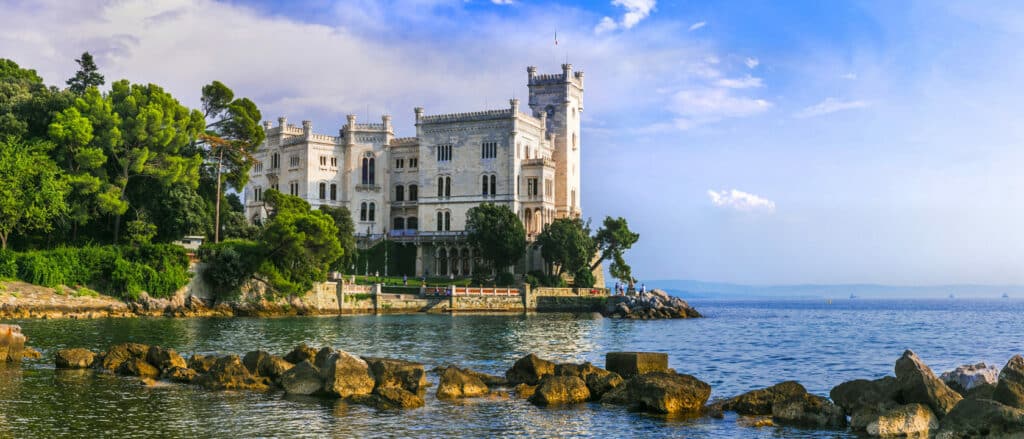
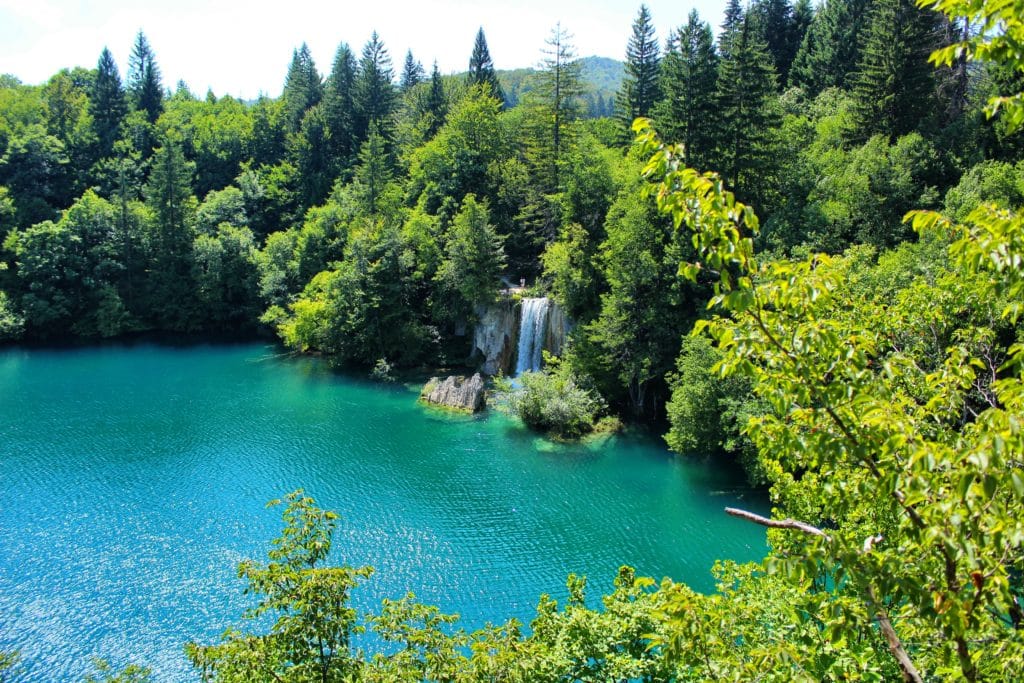
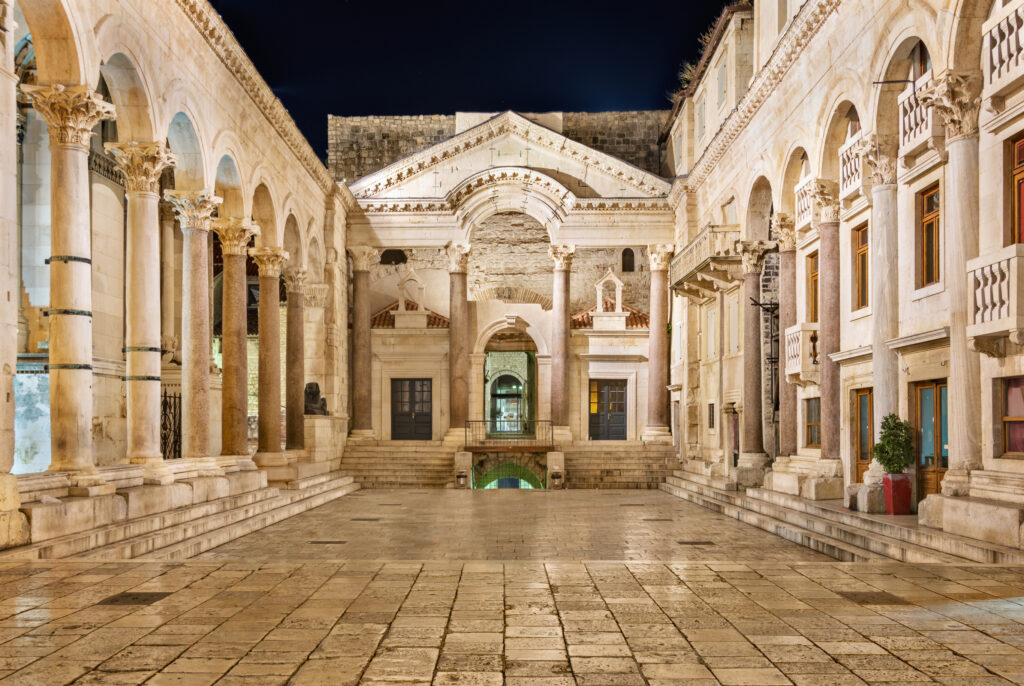
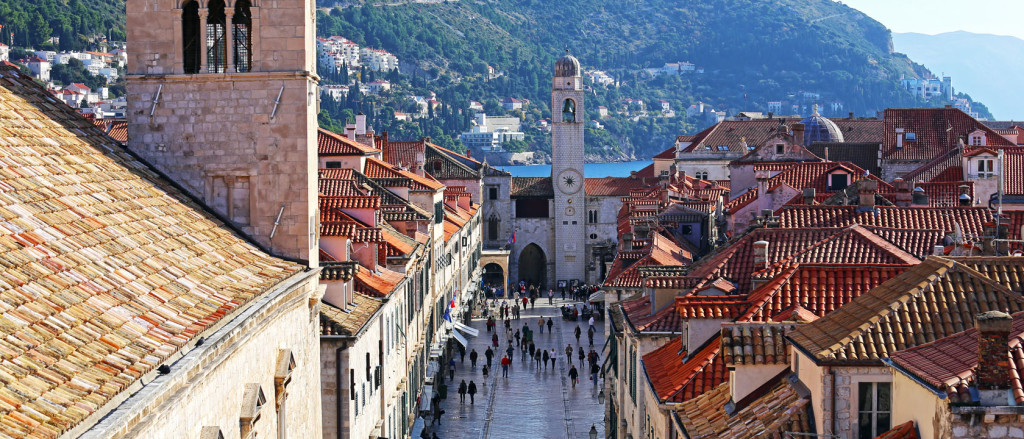


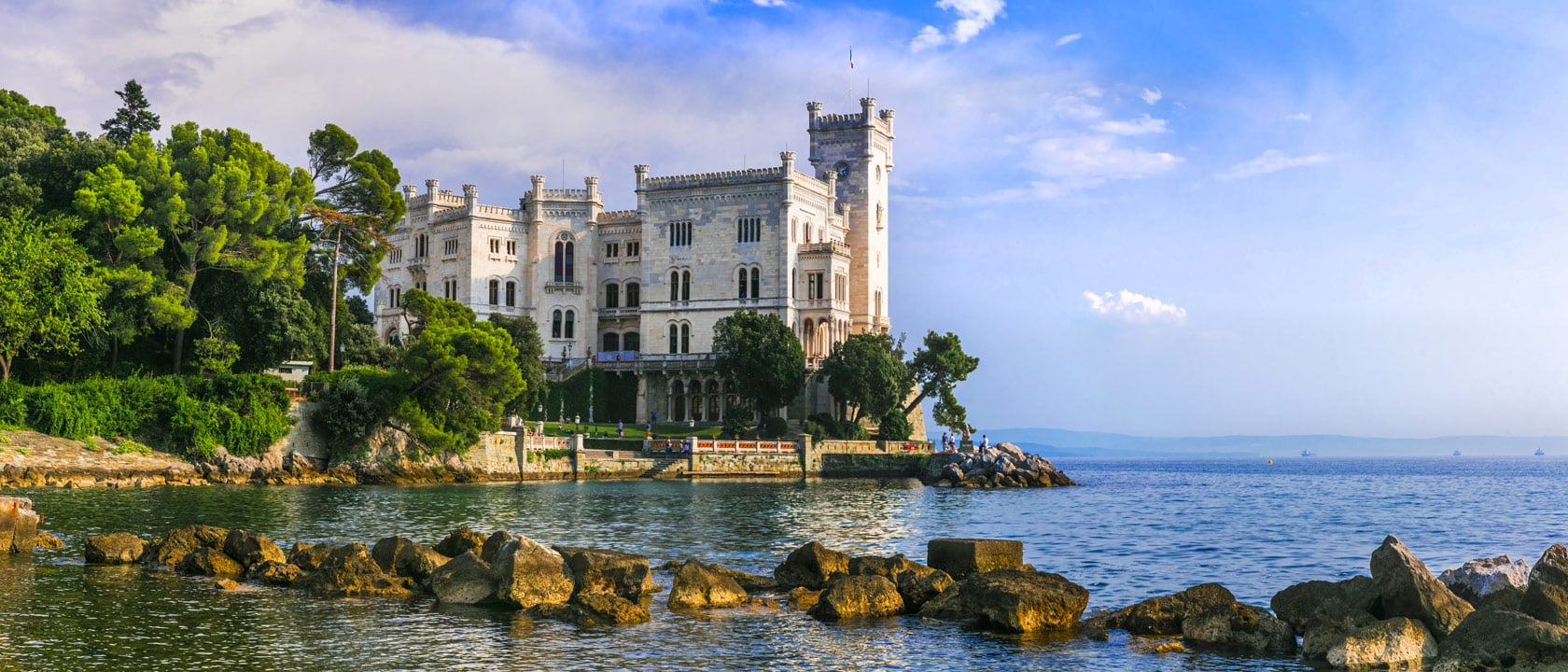 An Adriatic Journey: from Trieste to Dubrovnik 2026
An Adriatic Journey: from Trieste to Dubrovnik 2026